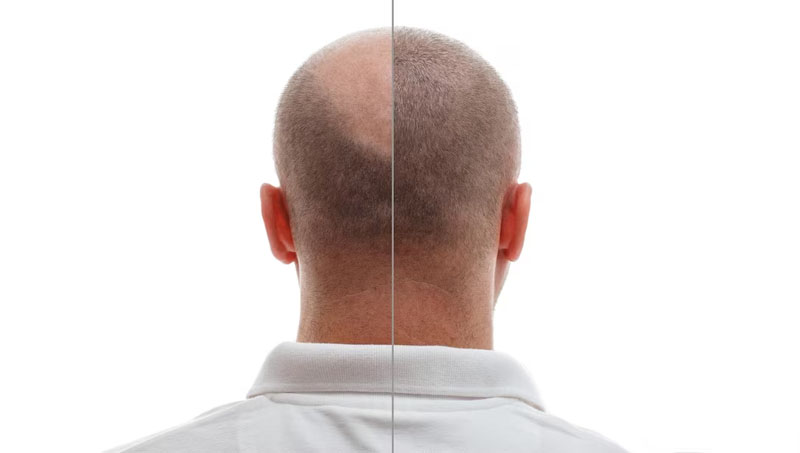
For both men and women, experiencing hair loss can be upsetting. Thankfully, developments in medical science led to the creation of hair transplant operations, which have grown in acceptance over time. This comprehensive guide is meant to explain the procedure if you are thinking about getting a hair transplant but feel overwhelmed by the information available. Before beginning your journey toward hair restoration, we will go over all you need to know, from comprehending the reasons of hair loss to the numerous transplant options accessible.
Understanding Hair Loss
It's important to comprehend the numerous causes that cause hair loss before delving into the specifics of hair transplants. Genetic predisposition, hormonal shifts, illnesses, and specific drugs are a few common causes. You and your hair transplant specialist can choose the best course of action by determining the root of the problem.
How Hair Transplants Work
Relocating hair follicles from one area of the body—typically the back or sides of the head—to bald or thinning parts (receiver area) is the goal of hair transplant treatments. Follicular unit transplantation (FUT) and follicular unit extraction (FUE) are the two most widely used methods. FUE involves removing individual hair follicles, whereas FUT requires removing a strip of donor area scalp. Both techniques seek to produce hair growth that seems natural in the recipient location.
Choosing the Right Surgeon
A successful hair transplant requires choosing a qualified and experienced surgeon. Find a surgeon who specializes in hair restoration, is board-certified, and has a solid reputation. To make sure you're making an informed choice, don't be afraid to seek patient before-and-after pictures or client testimonials.
Preparing for a Hair Transplant
There are several measures involved in getting ready for a hair transplant, include stopping the usage of any vitamins or drugs that might affect the process. You will receive detailed instructions from your surgeon that are catered to your need. It's also essential to have reasonable expectations and recognize that it can take up to a year for the full effects to become apparent.
The Hair Transplant Procedure
You'll undergo local anaesthesia the day of the operation to ensure your comfort throughout the procedure. The donor hair follicles will then be carefully removed by the surgeon and placed in the recipient location. The length of the process can vary from a few hours to a whole day depending on the magnitude of the transplant.
Post-Transplant Care and Recovery
You'll receive thorough instructions on how to take care of your scalp and the freshly transplanted hair after the hair transplant. This could entail using mild cleaning agents, staying away from particular things or items, and taking prescribed medicine. In the initial weeks, it's common to encounter some swelling, redness, or scabbing; however, these side effects usually go away.
Expected Results and Follow-up
Results from hair transplants take longer to appear because the transplanted hair follicles need time to develop a new blood supply. It's crucial to exercise patience throughout this time. Your surgeon will schedule follow-up appointments to check on your development and treat any issues.
With their long-term approach to treating hair loss, hair transplants have completely changed the industry of hair restoration. You can decide whether to have this treatment if you are well-informed about the factors that contribute to hair loss, the hair transplantation method, and the significance of selecting the best surgeon. Remember that hair transplants take time and commitment, but the benefits might include an increase in confidence and a feeling of self-worth.



